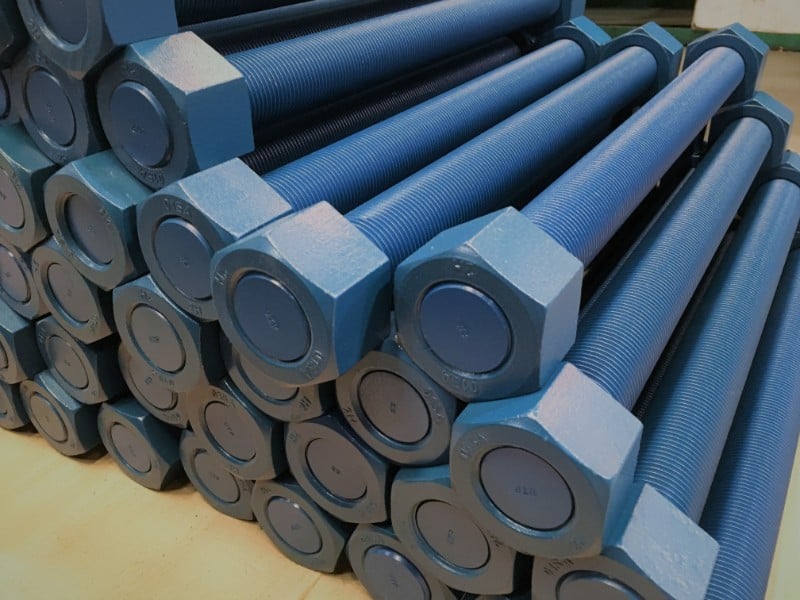
In the past decade, the aerospace industry has been hit with countless environmental restrictions. Since there’s no wiggle room to maneuver around these stringent health and safety regulations, aerospace companies have had to invest in multiple manufacturing enhancement programs so that their costs of operations don’t exceed the budgets. Age-old techniques of aerospace manufacturing are completely overhauled. For instance, using composites to build aircraft is a common trend triggered by environmental restrictions and stringent health and safety regulations. Composites are much lighter than the metals traditionally used in aerospace manufacturing. They’re also rust-resistant and much cheaper to assemble or manufacture. For example, 50% of the new Boeing 787 will be made of composites (in terms of structural weight). In past models, that number was only 5%!
What the Implementation of New Technologies Promise
Experts are very excited about the aerospace metal finishing industry’s improvements because, with these advancements, there’ll be a guaranteed boost in part durability. With a decrease in maintenance requirements, we can expect lesser use of toxic chemicals. Overall, these improvements will drastically cut down manufacturing time. In the aerospace industry, rework cycle times are vital for maximizing profits. With faster rework cycle times, aerospace companies can cut down costs and resource consumption. Adapting to this new workload is extremely tempting for companies given the automatic reduction in life cycle costs.
Eco-Friendly Changes
More companies are opting to switch from ‘wet’ metal finishing processes to ‘dry’ ones. Thankfully, ‘green metal finishing methods are abundant.’ The implementation of nanotechnology is set to radically transform our approach towards metal finishing. While the use of metal finishing processes that are decades-old is common, more and more companies are replacing older systems this decade. These companies aim to adapt to technological improvements to boost the way they handle parts. Another tech-based change in the aerospace industry is the use of software to evaluate manual process operations.


